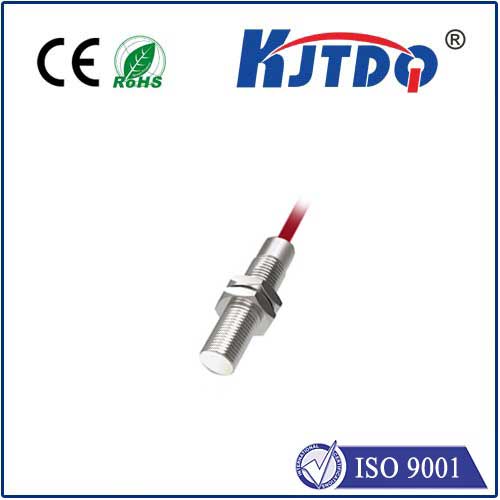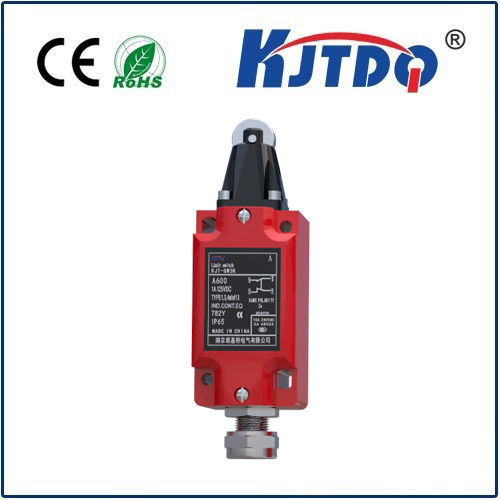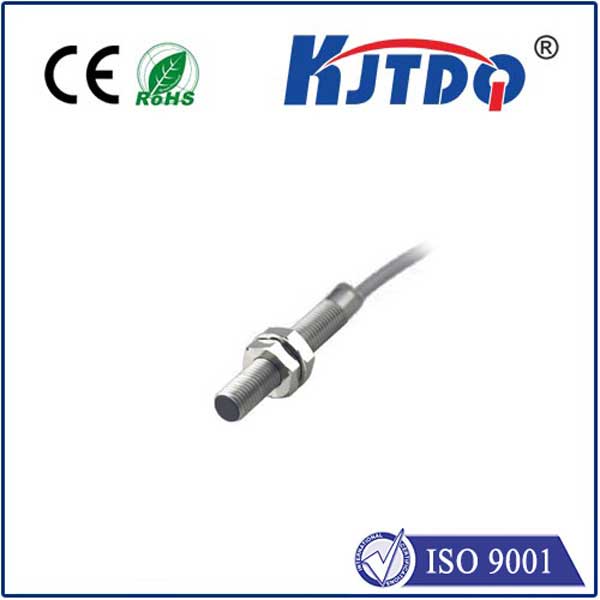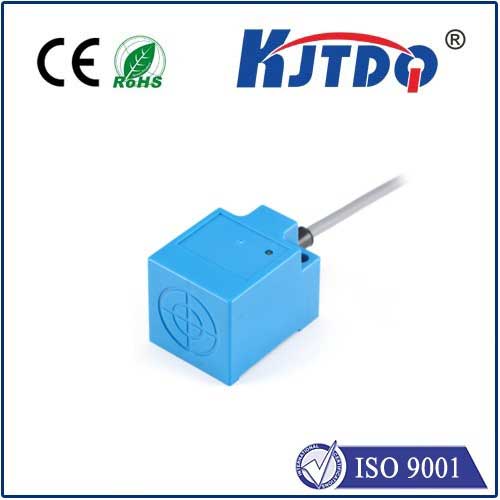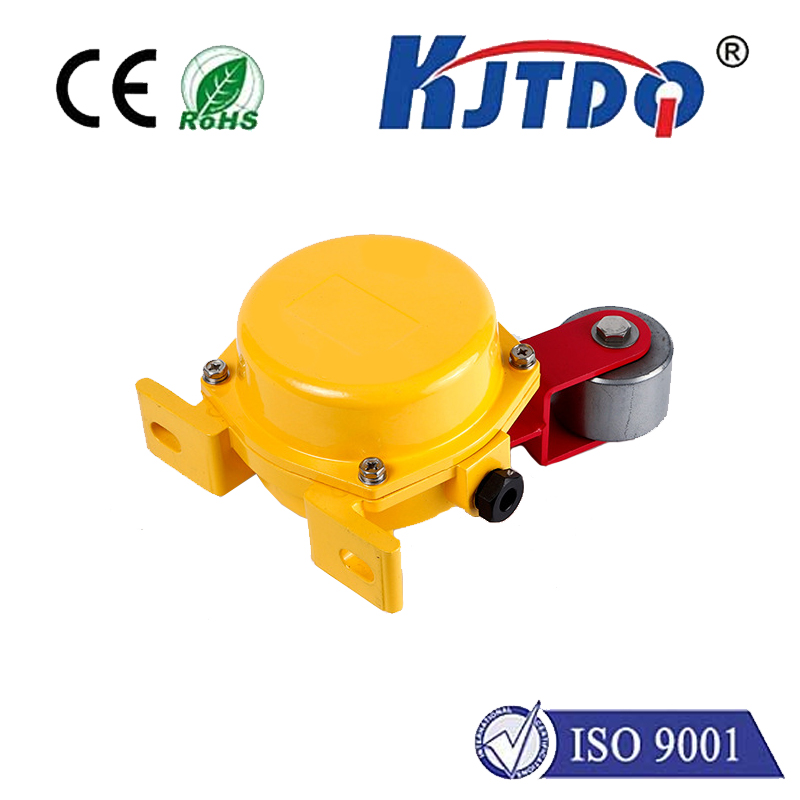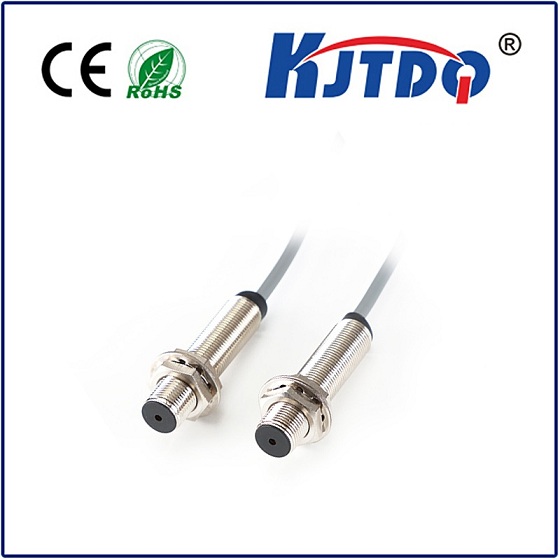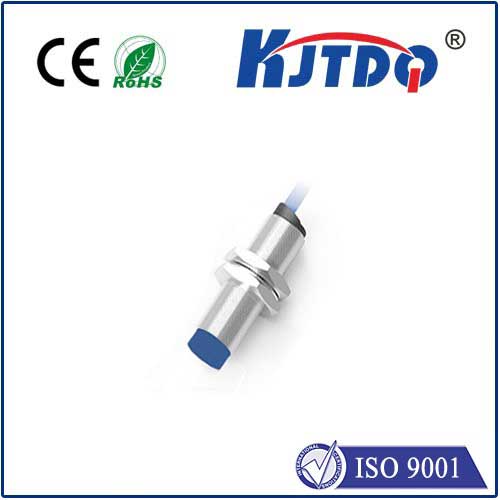

check

check

check

check

check

check

check

check

check

check
Cylinder Limit Switch: A Crucial Component in Industrial Automation
In industrial automation systems, various components work together to ensure efficient and safe production processes. One such component is the cylinder limit switch, which plays a vital role in maintaining the integrity of the system and minimizing potential hazards. This essay will explore the importance of the cylinder limit switch and its function in industrial automation.
Introduction
Cylinder limit switches are mechanical devices that act as interlocks between two or more machines or systems. They are commonly used in industries where large-scale machinery operates autonomously, such as manufacturing, mining, and oil refining. The primary purpose of a cylinder limit switch is to prevent overpressure or excessive strain on the equipment, thus safeguarding workers and ensuring safe operations.
The Function of a Cylinder Limit Switch
A cylinder limit switch consists of two main components: a plunger and a spring mechanism. When the machine's cylinder (a cylindrical rod) moves through the valve, it causes the spring mechanism to push the plunger into the switch contacts. Once the plunger hits the contacts, an electrical signal is generated, which signals the control system to stop the machine's movement. In essence, the cylinder limit switch acts as a safety barrier that prevents the machine from exceeding its safe operating limits.
Cylinder Limit Switch Types
There are several types of cylinder limit switches available in the market, each designed for specific applications. Some common types include:
1. Manual Cylinder Limit Switches: These are manual-operated switches that require physical input from operators to activate or deactivate them. They are typically found in simple machines or systems that do not require high levels of automation.
2. Electric Cylinder Limit Switches: These are electronic switches that can be activated remotely or automatically by the control system. They offer greater convenience and flexibility than manual switches but can also be more expensive.
3. Proximity Cylinder Limit Switches: These are proximity-detecting switches that use infrared or ultrasonic technology to detect when the cylinder has reached its limits. They are ideal for applications where precise positioning is critical and require minimal human intervention.
4. Pressure Sensitive Cylinder Limit Switches: These switches use pressure sensors to detect when the cylinder has reached its maximum pressure capacity. They are particularly useful in applications where high levels of pressure can cause damage to the equipment or personnel.
Benefits of Using Cylinder Limit Switches
Implementing cylinder limit switches in industrial automation systems offers numerous benefits, including:
1. Safety: By preventing overpressure or excessive strain on the machinery, cylinder limit switches help ensure the safety of workers and minimize the risk of accidents and injuries.
2. Increased Efficiency: By limiting the machine's movements beyond safe operating parameters, cylinder limit switches help improve overall efficiency by reducing downtime and maintenance costs.
3. Enhanced Reliability: By providing reliable protection against hazardous situations, cylinder limit switches contribute to the long-term reliability and lifespan of industrial automation systems.
4. Compliance with Regulations: Many industrial safety regulations mandate the use of cylinder limit switches in certain applications to ensure compliance with established safety standards. By adhering to these regulations, businesses can avoid costly fines and penalties and maintain their reputation for safety excellence.
Conclusion
In conclusion, the cylinder limit switch is an essential component in industrial automation systems, serving as a crucial safety barrier against overpressure and excessive strain on equipment. By understanding its function, types, and benefits, businesses can make informed decisions about selecting and implementing appropriate cylinder limit switches in their facilities, thereby enhancing worker safety, optimizing efficiency, and achieving compliance with industry standards.
